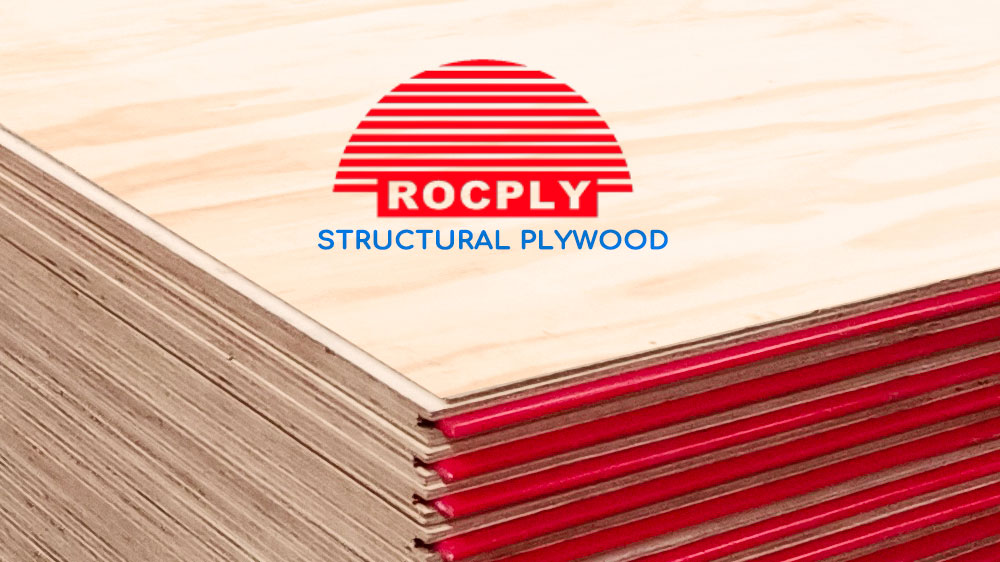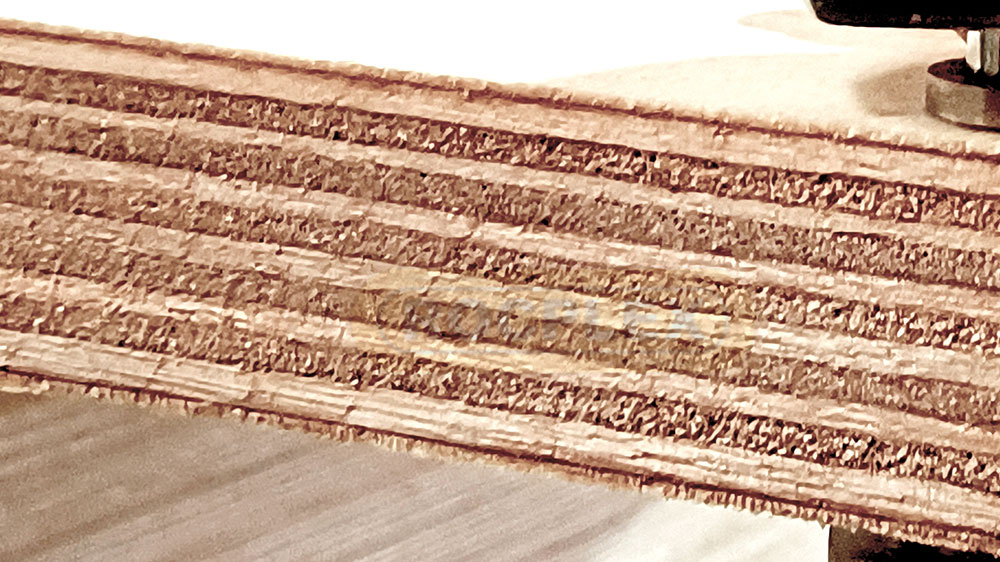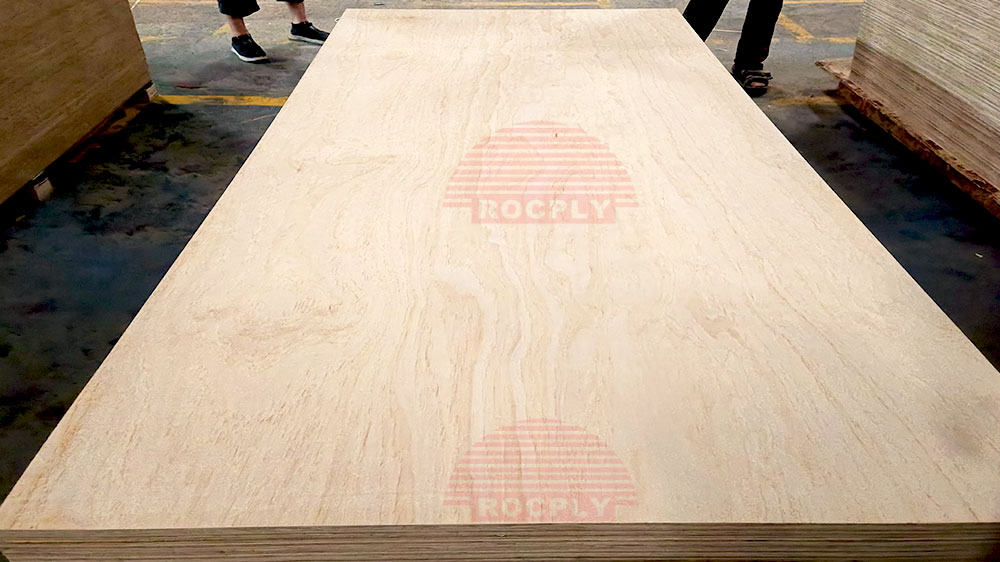What is Plywood Flooring?
Plywood flooring, a versatile and sustainable option, has become a cornerstone in modern architectural and interior design. This material, known for its strength and durability, offers an eco-friendly alternative to traditional hardwood floors. Plywood’s layered construction, comprising thin sheets of wood veneer, provides stability and resistance to warping, making it ideal for various applications, from residential to commercial spaces.

The Rise of Plywood Flooring
Plywood flooring, with its roots in practicality and sustainability, has seen a surge in popularity. Its ability to mimic the look of traditional hardwood floors, coupled with a significantly lower cost and easier installation, has made it a go-to choice for budget-conscious and environmentally aware consumers.
Advantages of Plywood Flooring
Plywood floors offer several benefits, including:
- Durability and Strength:The cross-grain pattern of plywood enhances its strength and resistance to moisture and wear.
- Sustainability:Plywood is often made from fast-growing, sustainable wood species.
- Versatility:Available in various grades and finishes, plywood flooring can suit any interior design style.
Types of Plywood Flooring
- Tongue and Groove Flooring:This type of plywood flooring is designed for easy installation, with edges that fit together seamlessly.
- Structural Plywood:Ideal for use in demanding environments, structural plywood is engineered for strength and stability.
- Plywood Sheets:Standard plywood sheets can be cut and finished for a custom flooring solution.
Installation and Maintenance
Installing plywood flooring is a straightforward process that can often be done by DIY enthusiasts. The key to a successful installation lies in proper preparation of the subfloor and the use of suitable adhesives and finishes to protect the plywood from moisture and wear.
Maintenance of tongue and groove flooring is relatively simple, requiring regular sweeping and occasional mopping with a damp cloth. With proper care, a plywood floor can last for decades, offering a timeless and cost-effective solution for any space.
Innovations in Plywood Flooring
Plywood flooring is dynamic. It evolves continually. Innovations meet aesthetic and functional needs. Designers and manufacturers experiment constantly. They explore new treatments and finishes. Installation techniques are also evolving. These enhancements boost plywood’s beauty and durability.
Sustainable Practices in Plywood Manufacturing
Sustainability has become a buzzword in the construction and interior design industries, but when it comes to plywood flooring, it’s more than just a trend. The production of plywood floor often involves the use of sustainably sourced wood, reducing the environmental impact associated with logging. Moreover, advancements in manufacturing technology have made it possible to utilize nearly every part of the tree, minimizing waste.
Customization and Design Flexibility
One of the most appealing aspects of plywood flooring is its versatility in design. Whether you’re looking for a rustic, traditional, or modern aesthetic, plywood can be finished in a variety of ways to match any decor. Advances in digital printing and surface treatment also allow for plywood floors that mimic the look of more expensive wood species, stone, or even concrete, at a fraction of the cost.
The Role of Plywood Flooring in Modern Architecture
Plywood flooring is increasingly recognized not just for its practicality and sustainability, but also for its role in modern architectural design. Architects and designers are leveraging plywood’s unique properties to create spaces that are both innovative and environmentally responsible.
Plywood Flooring in Residential Spaces
In homes, structural plywood offers a combination of warmth and durability that is hard to match. Its ability to withstand the rigors of daily life, coupled with its ease of installation, makes it an ideal choice for both new constructions and renovations. Moreover, its thermal insulation properties contribute to energy efficiency, making homes more comfortable and reducing heating and cooling costs.
Commercial and Public Spaces
Plywood flooring’s durability and ease of maintenance also make it a smart choice for commercial and public spaces. In offices, retail environments, and schools, plywood floors can withstand heavy foot traffic while maintaining their aesthetic appeal. Furthermore, the material’s acoustic properties help manage noise levels, creating quieter, more pleasant environments.

Future Trends in Plywood Flooring
As we look to the future, the trends in structural plywood are clear: sustainability, customization, and innovation will continue to be key drivers. We can expect to see more eco-friendly options, including the use of recycled materials and non-toxic adhesives and finishes. The desire for personalized spaces will also drive innovation in design and installation techniques, making plywood flooring an even more attractive option for both residential and commercial applications.
Practical Considerations for Plywood Flooring
When considering plywood for flooring, several practical aspects come to the forefront. These considerations ensure that the choice not only meets aesthetic desires but also practical and functional needs.
Cost-Effectiveness and Budget Planning
Plywood flooring is cost-effective. It offers a high-quality look. It is durable like hardwood floors but cheaper. Budget planning should include various costs. These are material, installation, finishing, and maintenance. Plywood’s affordability is notable. It has a long lifespan. This makes it a compelling choice. Plywood is suitable for many settings.
Installation Techniques and DIY Potential
The ease of installing t&g plywood makes it a favorite among DIY enthusiasts. Whether opting for tongue and groove panels or standard ply sheets, homeowners can undertake installation projects with some basic tools and knowledge. However, for those seeking a more intricate design or finish, professional installation may be the best route to ensure longevity and performance.
Health and Environmental Impact
Health and environmental considerations are increasingly important for homeowners. Ply sheets, especially when sourced from sustainably managed forests and treated with low-VOC (volatile organic compounds) finishes, offers a more eco-friendly and healthier alternative to other flooring options. The choice of plywood can significantly impact indoor air quality and the overall environmental footprint of a building project.
As we conclude our exploration of t&g plywood flooring, addressing frequently asked questions can provide additional clarity and help dispel any remaining doubts.
FAQs About Plywood Flooring
Is plywood any good for flooring?
Absolutely. Plywood is not only durable and strong but also versatile and aesthetically pleasing. Its adaptability to various finishes and styles makes it suitable for almost any room.
What kind of plywood is used for flooring?
Typically, higher-grade plywood, known as structural plywood, is used for flooring due to its strength and stability. The specific type may vary depending on the intended finish and use.
What are the disadvantages of plywood flooring?
While plywood flooring has many benefits, potential disadvantages include vulnerability to moisture if not properly sealed, susceptibility to scratches and dents, and the need for refinishing over time.
How do you waterproof a plywood floor?
Waterproofing a plywood floor typically involves applying a waterproof sealant or finish during the installation process. Regular maintenance can also help preserve the waterproofing over time.
Why use plywood flooring?
Ply flooring offers a unique combination of durability, cost-effectiveness, and aesthetic versatility. It’s an eco-friendly choice that can be customized to fit any design preference, making it an excellent option for a wide range of projects.
Plywood Flooring Revolution
Plywood flooring stands as a testament to the innovation and sustainability driving today’s design and construction industries. Its versatility, affordability, and aesthetic appeal make it a compelling choice for those seeking a durable and stylish flooring solution. As we continue to prioritize eco-friendly and cost-effective building materials, plywood floor is poised to play a pivotal role in shaping the future of interior design and architecture.
We can embrace plywood’s benefits. It offers practical, aesthetic, and environmental advantages. Plywood creates beautiful, functional spaces. It is also kind to our planet. Tongue and groove flooring has evolved from simple material to flooring innovation. This reflects a shift towards sustainable living. Conscious construction practices are gaining momentum. This trend is likely to grow in the coming years.
Post time: Mar-10-2024


